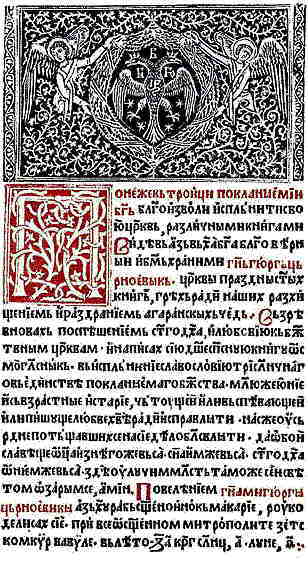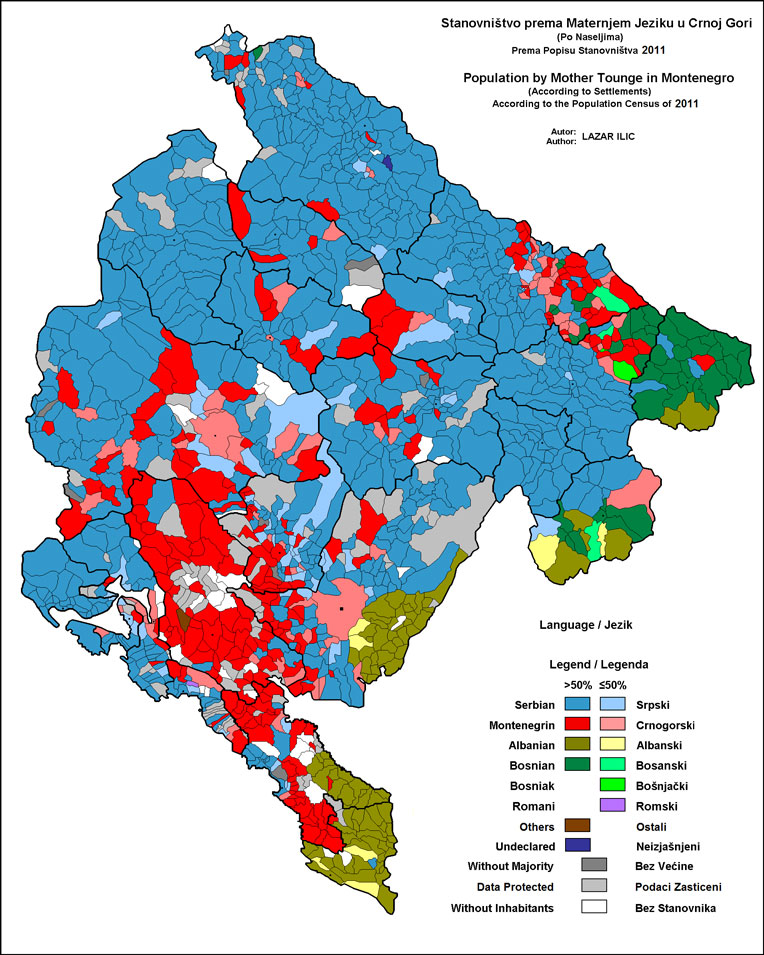The Montenegrin language, a normative variety of the Serbo-Croatian language, stands today as the official language of Montenegro. Rooted in the Shtokavian dialect, specifically the Eastern Herzegovinian variant, it shares its foundation with Croatian, Serbian, and Bosnian languages. This linguistic journey, from ancient scripts to its current standardized form, reflects a rich tapestry of cultural and political shifts.
Historically, the language of Montenegro oscillated between being identified as Serbian or Montenegrin. The concept of a distinct Montenegrin language emerged in the 1990s, during Yugoslavia’s dissolution, gaining official status with Montenegro’s 2007 constitution.
Tracing the Roots
The story of Montenegrin literacy dates back to the 9th century, in the Duklja period, marked by the establishment of monasteries along the coast. While Latin and Greek influences were present, Slavic literacy, primarily using the Glagolitic script, began to take root, influenced by the Slavic literacy center in Ohrid. The Zeta period, following the fall of Duklja to Serbian rule, saw the dominance of Old Church Slavonic and Cyrillic scripts.
A significant milestone was the establishment of a printing press by Đurađ Crnojević in Zeta, producing five incunabula and marking Montenegro as one of the first Slavic nations to print in their language. The period from the late 15th to the 18th century saw the written language evolve closely with the spoken Montenegrin language, gradually shedding Church Slavonic elements.

A page of Oktoih prvoglasnik, printed at the Crnojević printing house in Cetinje, 1494.
From Serbian Influence to Independent Identity
The 18th century brought a push towards a Montenegrin literary language, with figures like Petar I Petrović-Njegoš contributing significantly. However, the 19th century saw Vuk Karadžić’s linguistic reforms, aligning the language more with Serbian standards, a trend that continued until World War I.
The Yugoslav era brought further changes. Between the World Wars, Serbian linguist Aleksandar Belić’s influence led to the assimilation of Montenegrin peculiarities into a common “Serbo-Croatian” template. Post-World War II, Montenegro’s language status improved, but it wasn’t until 2007 that Montenegrin gained official recognition.
The language’s standardization efforts took a significant step in 2008 with the formation of the Council for Standardization of the Montenegrin Language. In 2009, the first Montenegrin standard was proposed, introducing two additional letters to the alphabet. However, this proposal faced challenges, including governmental reluctance to adopt the Council’s drafts.
Official Status and Speakers’ Preference: The Linguistic Identity of Montenegro
The Montenegrin language, while officially recognized, continues to be a subject of vibrant debate and evolving identity in Montenegro. The linguistic preferences of its citizens, as reflected in various censuses and polls, paint a picture of a nation at the crossroads of tradition and modernity.
Historically, the linguistic landscape of Montenegro has been predominantly Serbo-Croatian. In the 1991 census, a significant majority, 82.97%, identified as speakers of Serbo-Croatian. This trend was consistent with earlier censuses, including the 1981 census. However, a shift in linguistic identity was observed in the first Communist censuses, with a majority declaring Serbian as their native language, echoing the 1909 census where approximately 95% of Montenegro’s population claimed Serbian as their mother tongue.
The official language of Montenegro has undergone several transformations over the decades. Post World War II, until 1992, Serbo-Croatian was the official language. This was a shift from the earlier period when Serbian was predominantly used. The Novi Sad Agreement of 1950 marked a significant change, with Serbo-Croatian being introduced into the Constitution of the Socialist Republic of Montenegro in 1974.
The turn of the millennium saw a growing movement for recognizing Montenegrin as a distinct language. This movement gained substantial ground in 2004, under the regime of the Democratic Party of Socialists of Montenegro. The culmination of these efforts was the adoption of the new constitution on 19 October 2007, which declared Montenegrin as the official language of Montenegro, alongside recognition of Albanian, Bosnian, Croatian, and Serbian.

Population by Mother Tongue in Montenegro, according to the Population Census of 2003

Population by Mother Tongue in Montenegro, according to the Population Census of 2011
The 2011 census revealed a nuanced linguistic identity among the citizens of Montenegro. While 36.97% declared Montenegrin as their native language, a slightly higher percentage, 42.88%, identified Serbian as their mother tongue. This data underscores the complex interplay of language, identity, and politics in Montenegro.
The linguistic debate extends beyond ethnic Montenegrins. Various ethnic groups in Montenegro, including Muslims, have been encouraged to declare Montenegrin as their native language. This inclusive approach to language and identity is a testament to Montenegro’s diverse cultural tapestry.
Political parties in Montenegro have differing stances on the official language policy. The ruling parties advocate for the sole recognition of Montenegrin, while opposition parties, including the Socialist People’s Party of Montenegro and the Serb List coalition, have differing views. The constitution, however, was ratified with a two-thirds majority in the parliament, underscoring a significant level of consensus on this issue.
Polls conducted in the subsequent years reflect the ongoing evolution of linguistic preferences. A 2014 poll by Matica crnogorska showed that 41.1% of citizens identified Montenegrin as their language, with 39.1% opting for Serbian. A 2017 poll indicated a slight shift, with 42.6% favoring Serbian and 37.9% Montenegrin.
The official status and speakers’ preference for the Montenegrin language highlight a dynamic and evolving aspect of Montenegro’s national identity. The language debate in Montenegro is not just about words and grammar; it’s a reflection of the nation’s history, its cultural diversity, and its aspirations for the future. As Montenegro continues to navigate its path on the global stage, its language will undoubtedly remain a key element of its unique identity.
Source: Wikipedia


